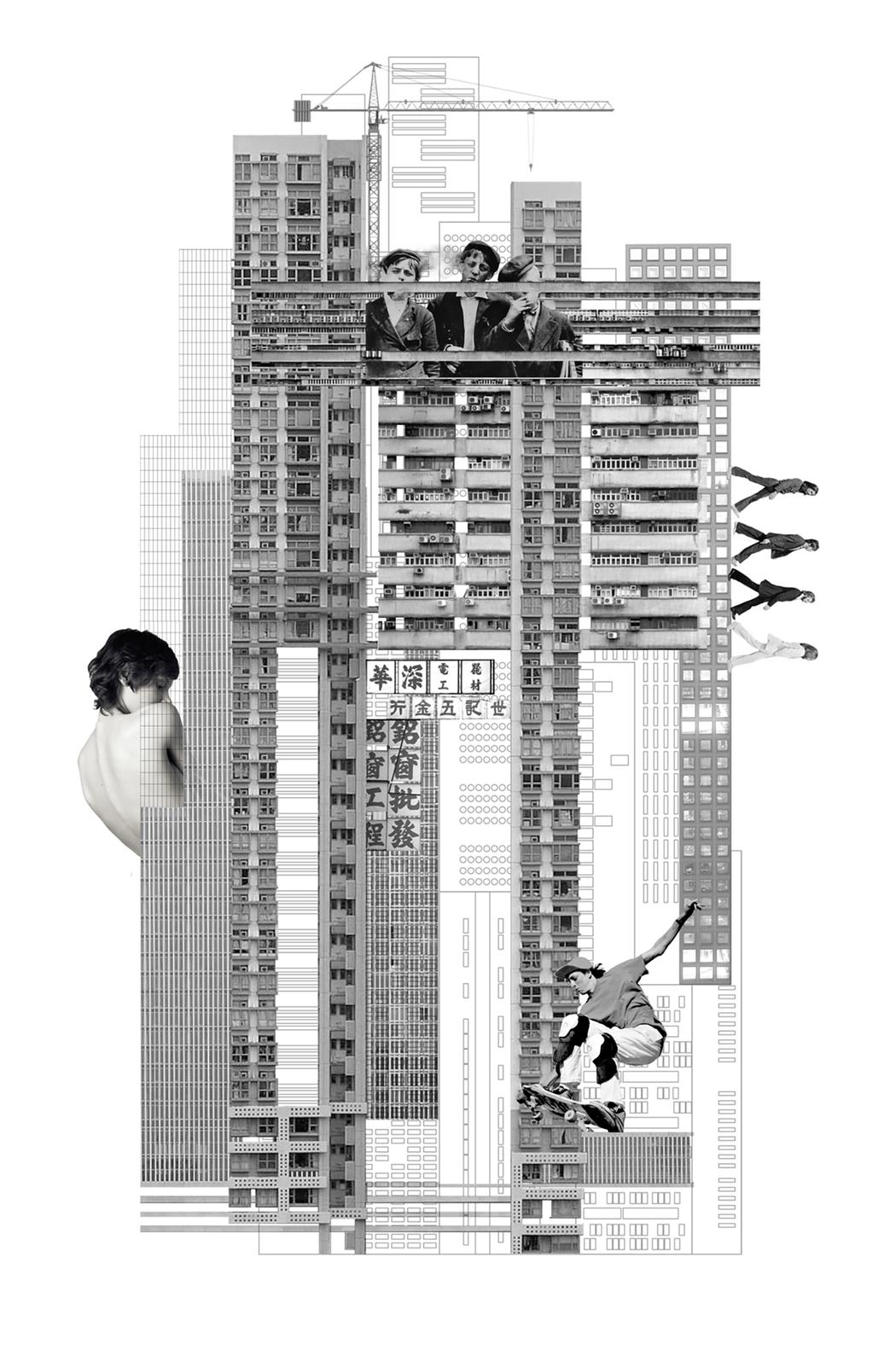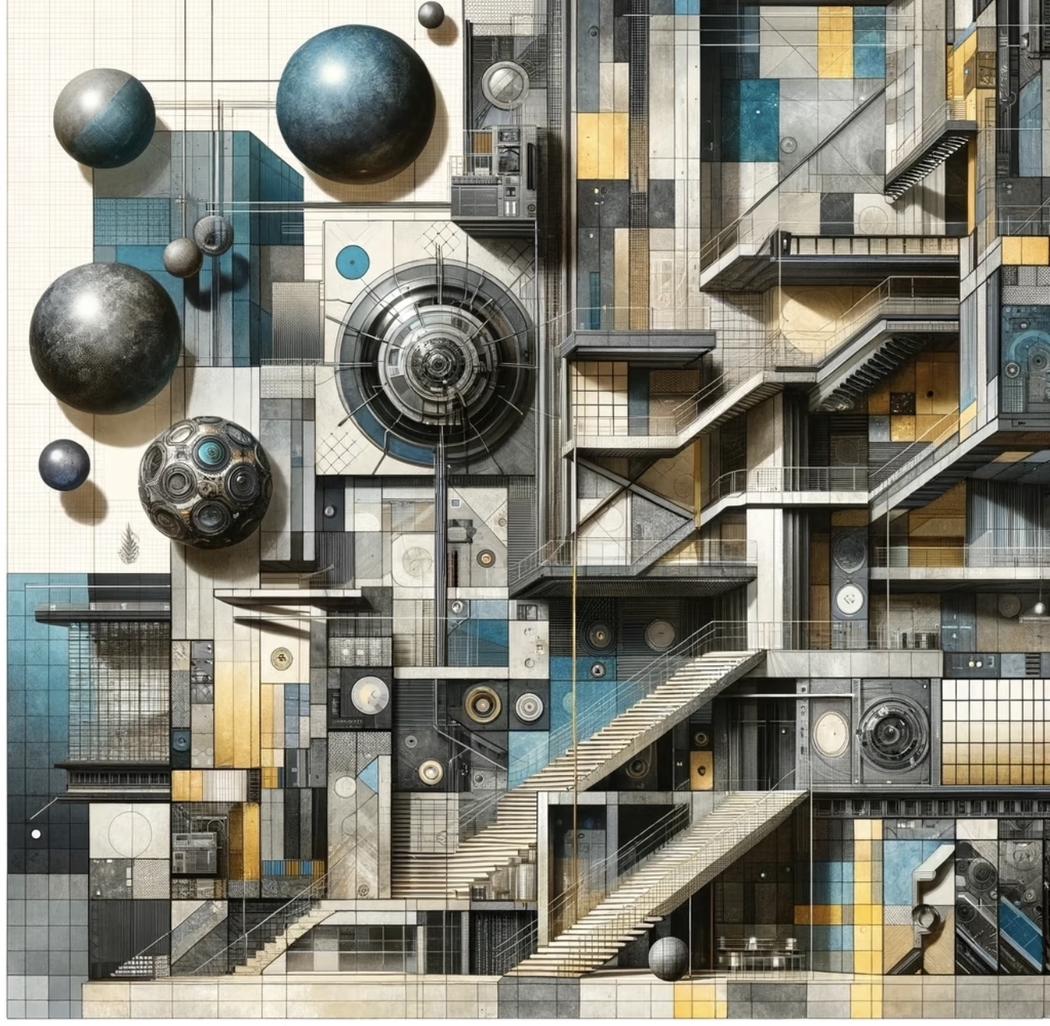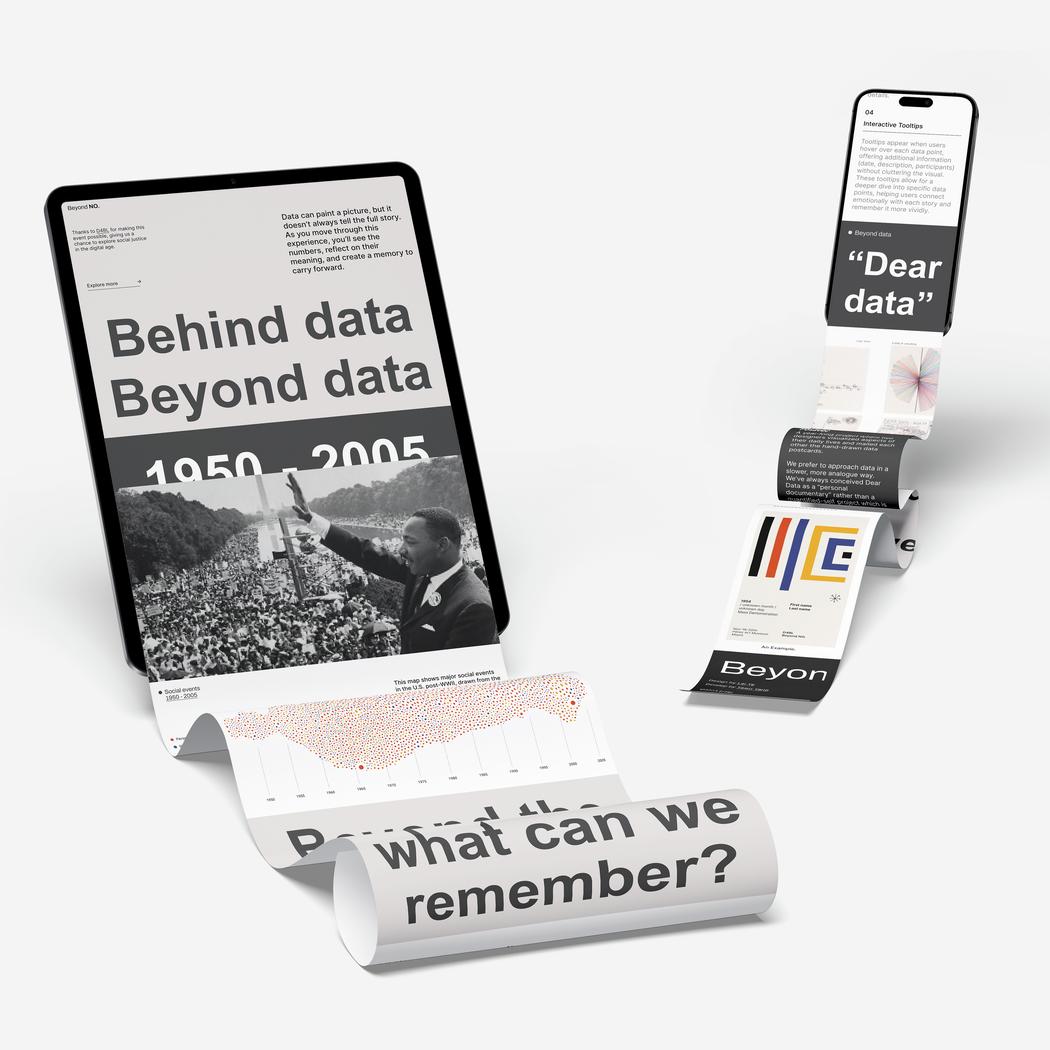Lei Ye
Your education: Master in Design Studies, Harvard GSD; Master of Architecture, UC Berkeley; Bachelor of Architecture, South China University of Technology
Describe your art in three words: Data · Memory · Justice
Your discipline: Art & Design (data visualization, interactive installation, visual communication)
 Lei Ye | ReImagine Avant Garde On The Moon | 2024
Lei Ye | ReImagine Avant Garde On The Moon | 2024
Your practice often transforms data into memory. Could you share how a specific dataset first inspired you to create an artwork?
One of the first datasets that truly struck me was income and education level data across racial groups in the U.S. At first, it looked like a series of numbers, but when I started mapping the disparities visually, I realized each data point represented a family’s opportunity — or lack thereof. This dataset inspired Data-Driven Narratives: BLM, where visualization became a way to transform abstract numbers into a shared memory of struggle and resilience.
In your statement, you mention that “behind every number is a lived experience.” Can you tell us about a project where this idea became especially powerful?
In Beyond Number (BeyondNO), I invited participants to generate personalized posters from datasets related to social justice issues. Each poster was a memorial object, reminding us that behind every statistic was an individual story — someone’s life, someone’s community. When participants saved their poster, they weren’t just archiving data, but also reflecting on the human experiences it stood for.
 Lei Ye | Sci-Fi Californiascape | 2023
Lei Ye | Sci-Fi Californiascape | 2023
You are trained in both architecture and design. How do these disciplines shape the way you approach your artistic projects?
Architecture taught me to think spatially — about scale, structure, and how people move through an environment. Design trained me to consider interaction, accessibility, and communication. Together, they allow me to treat data not just as numbers, but as something inhabitable: a space you can navigate, a narrative you can interact with, or a memory you can hold in your hands.
 Lei Ye | Homo Ludens | 2023
Lei Ye | Homo Ludens | 2023
Many of your works engage with themes of social justice and equity. What role do you believe art plays in making data more humane and accessible?
Art can soften the rigidity of data. Numbers are often seen as neutral or distant, but art gives them texture, emotion, and story. By making data more humane — through visual storytelling, participatory experiences, or tactile installations — art helps audiences not only understand inequalities but also feel them, which I believe is the first step toward collective action.
Your projects move between digital platforms, immersive installations, and print. How do you decide which medium best serves a particular narrative?
I let the data and the story dictate the form. If the goal is to invite reflection, print becomes powerful because it creates permanence. If the goal is accessibility, digital platforms allow for wide reach. For immersion and empathy, installation creates embodied encounters. Each medium has its own language, and I try to choose the one that best amplifies the narrative behind the numbers.
 Lei Ye | Data Driven Narratives BLM | 2022
Lei Ye | Data Driven Narratives BLM | 2022
Beyond Number and Data-Driven Narratives: BLM both reimagine data visualization. How do you balance scientific accuracy with poetic expression?
Accuracy grounds the work in credibility, while poetic expression opens space for interpretation and empathy. I see them not as opposites, but as collaborators. I always preserve the integrity of the dataset, but I also design moments where visual metaphors or distortions invite audiences to think beyond the graph — to consider the story, memory, or silence hidden behind the data.

Your works have received international recognition, including Red Dot and DNA Paris Awards. How does this global acknowledgment influence your practice?
Recognition affirms that the issues I address resonate beyond their immediate context. It reminds me that questions of justice, memory, and empathy are not confined to one culture or geography. At the same time, global acknowledgment pushes me to hold myself accountable — to continue creating work that is both rigorous and generous, both critical and accessible.

Leave a Reply